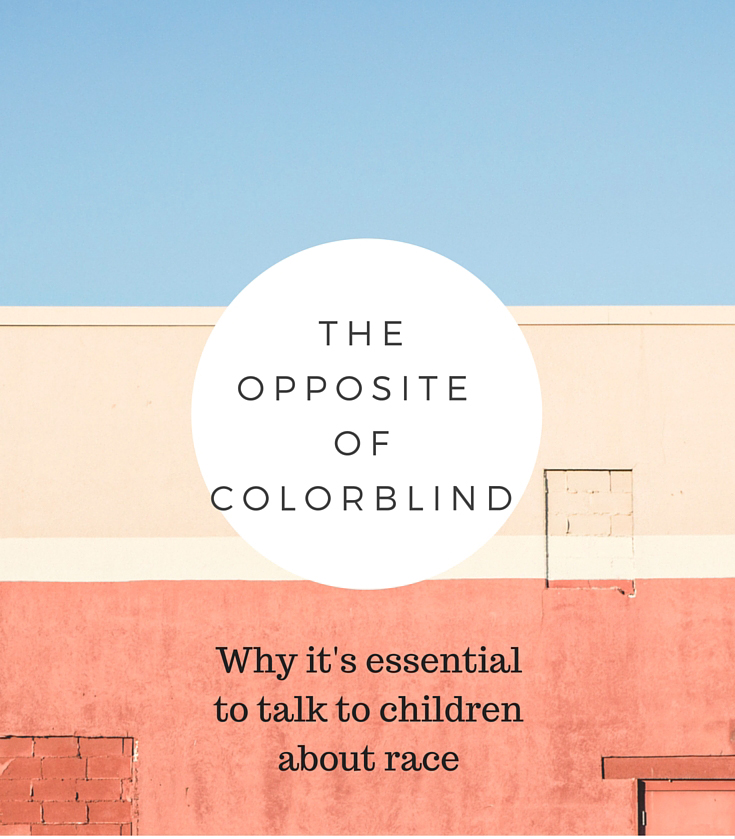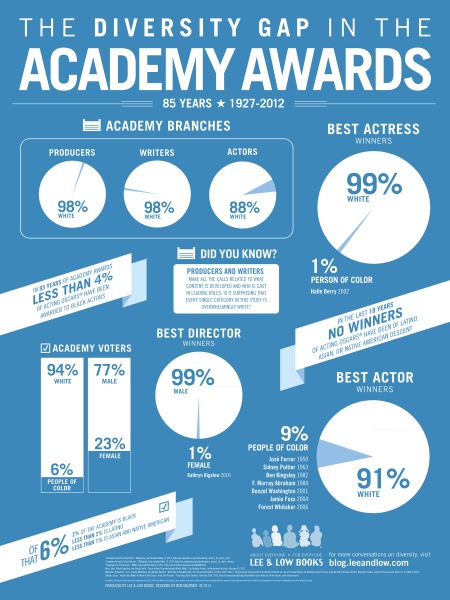In this guest post, originally posted at EdWeek and reposted here with permission, Philadelphia-based teacher Kathleen Melville shares the “Where’s My Story” project she developed to teach her ninth-grade students about diversity—or the lack thereof—in children’s books. Continue reading
Tag Archives: teaching about race
The Miseducation of Native American Students
In this guest post, excerpted from an original post at EdWeek and ![]() reposted here with permission, author and editor Roxanne Dunbar-Ortiz discusses the dehumanizing myths and misconceptions that hurt Native students. Currently, more than 600,000 Native American students attend our nation’s K-12 public schools. Continue reading
reposted here with permission, author and editor Roxanne Dunbar-Ortiz discusses the dehumanizing myths and misconceptions that hurt Native students. Currently, more than 600,000 Native American students attend our nation’s K-12 public schools. Continue reading
The Opposite of Colorblind: Why it’s essential to talk to children about race
 In this post, Tu Books Publisher Stacy Whitman discusses why avoiding discussions of race with young people can do more harm than good.
In this post, Tu Books Publisher Stacy Whitman discusses why avoiding discussions of race with young people can do more harm than good.
Many African American parents already know what “the talk” is. It’s  not the talk that many white parents might expect—we’re not talking about the birds and the bees. No, this “talk” is the one where black parents have to sit with their children and discuss how they might be perceived by the world around them: particularly police, but also teachers, neighbors, and friends who are not from their racial background.
not the talk that many white parents might expect—we’re not talking about the birds and the bees. No, this “talk” is the one where black parents have to sit with their children and discuss how they might be perceived by the world around them: particularly police, but also teachers, neighbors, and friends who are not from their racial background.
Though the burden often falls on parents of color alone to discuss these issues with their children, in reality all parents should address race with their kids in a conscious and meaningful way. Communities are also seeking ways to address interpersonal racial issues,
particularly in schools. Having the tools to know how to discuss racial matters is essential for children from all backgrounds. Continue reading
Thoughts on Ferguson and Recommended Resources
The following is a note from our Publisher, Jason Low, published in this month’s e-newsletter:
It’s been a hard few weeks for those of us following the news out of Ferguson, Missouri. While the exact details of Michael Brown’s death remain unknown, we can already see how this latest incident fits into a larger narrative in this country in which people of color are routinely discriminated against and subject to violence based on the color of their skin. Healing and change cannot begin until we as a country acknowledge the role racism plays not just in events like Michael Brown’s death, but in the everyday lived experiences of the 37% of America that is not white.
We Need Diverse Books Because…
It’s no secret that here at Lee & Low Books we value diversity – it is literally why we are in business. But we don’t always get down to the basics. Sharing the low numbers of books by/about people of color is not the same as convincing people we need more of them. Just dip your toes into the comments section of any major article about diversity in children’s books and you’ll see what I’m talking about.
When you don’t convince people that the lack of diversity matters, what you get is more of the same. And in publishing, more of the same pretty much looks like this: BookCon, a major one-day event for readers in New York City, releases a lineup of 31 participating authors…and all of them are white.
BookCon is the latest example and certainly a frustrating one, but it is by no means an isolated incident. It’s heartening to see so many recent articles covering the lack of diversity in children’s books, but the question is how that discussion can be turned into action on a large scale to change things. The status quo – massive underrepresentation of people of color – is like a huge, heavy boulder that needs to be moved. Awareness alone will not move it an inch. What’s required is a lot of people to give it a push.
That’s why I love the new #WeNeedDiverseBooks campaign happening this week. Here’s your chance to share with the world why diversity in books matters to you and why you want more of it:
Using Infographics in the Classroom to Teach Visual Literacy
 Jill Eisenberg, our Resident Literacy Expert, began her career teaching English as a Foreign Language to second through sixth graders in Yilan, Taiwan as a Fulbright Fellow. She went on to become a literacy teacher for third grade in San Jose, CA as a Teach for America corps member. She is certified in Project Glad instruction to promote English language acquisition and academic achievement. In her column she offers teaching and literacy tips for educators.
Jill Eisenberg, our Resident Literacy Expert, began her career teaching English as a Foreign Language to second through sixth graders in Yilan, Taiwan as a Fulbright Fellow. She went on to become a literacy teacher for third grade in San Jose, CA as a Teach for America corps member. She is certified in Project Glad instruction to promote English language acquisition and academic achievement. In her column she offers teaching and literacy tips for educators.
Infographics’ format and economy of words make infographics engaging and accessible to children, reluctant readers, visual learners, and English Language Learners. As infographics contain multiple layers of information, they are a challenging medium for students to practice inferences and interpretation. Lee & Low Books’ infographic series on the diversity gap in major spheres of influence is a valuable vehicle to build students’ visual literacy skills and understanding of diversity. The following discussion questions and suggested activities were created based on the Diversity Gap in the Academy Awards infographic, but these can be applied to the rest of the series.

Discussion questions to consider with your students:
- What patterns do you see? What trends do you see? How are the different charts related?
- What is the central idea of this infographic? How do the words, phrases, and visuals interact to affirm the central idea?
- Based on the infographic, what does “diversity gap” mean in terms of the Academy Awards?
- What might the author’s purpose be in choosing this medium to convey the central idea (to shame, inspire, shock, etc.)?

